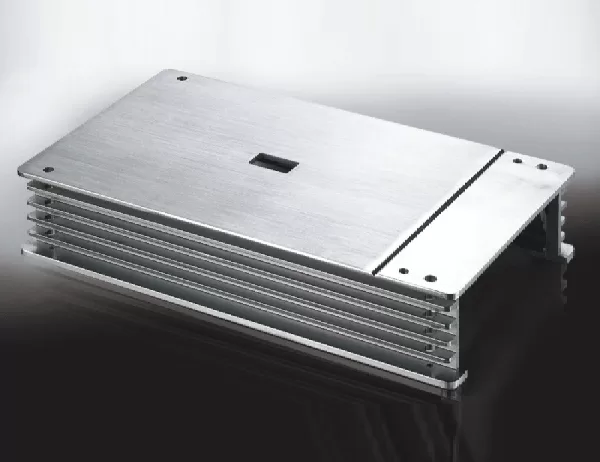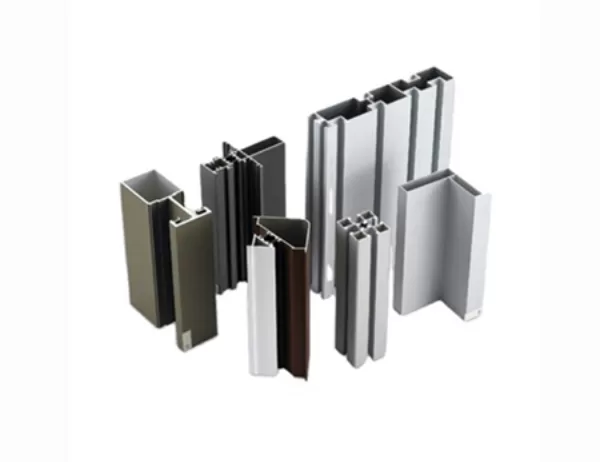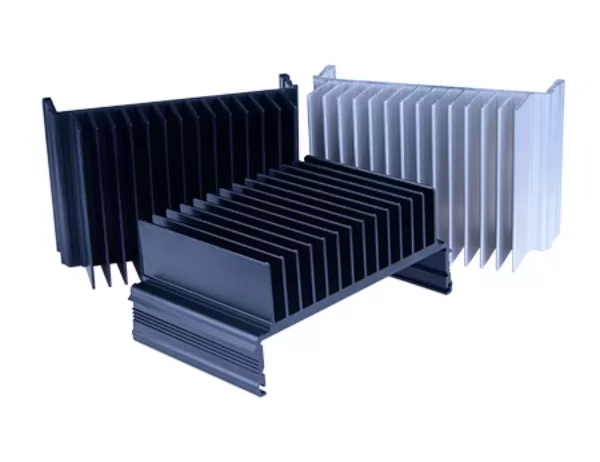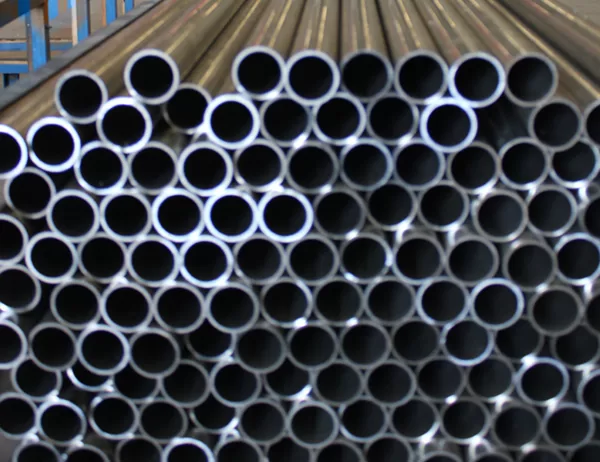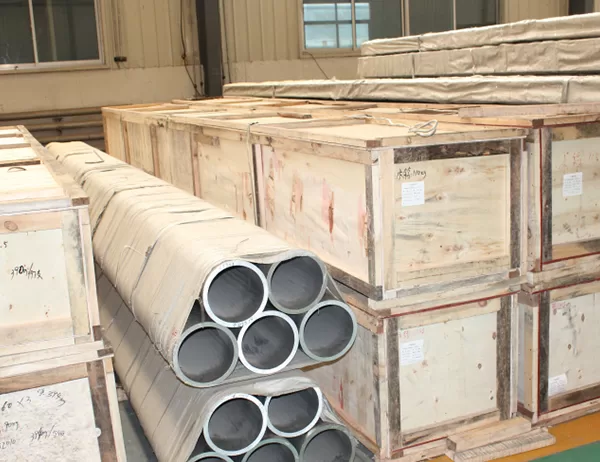How to Design Efficient Structures Using Industrial Aluminum Profiles: A Comprehensive Guide
Introduction
Industrial aluminum profiles are versatile structural components that offer exceptional strength, durability, and design flexibility. Understanding how to design efficient structures using these profiles is crucial for engineers and architects seeking optimized and cost-effective solutions. This article serves as a comprehensive guide to provide detailed insights into the design process.
Material Properties and Selection
Industrial aluminum profiles are typically produced from 6000-series alloys, offering a balance of strength and corrosion resistance. They come in various shapes, including square, rectangular, round, and T-slotted profiles, enabling customization to specific load and connection requirements. Understanding the material properties, including yield strength, modulus of elasticity, and thermal expansion coefficient, is essential for accurate design.
Structural Design Principles
Efficient structural design involves applying fundamental engineering principles. Engineers must consider the applied loads, such as static weight, dynamic forces, and environmental factors, to determine the required profile sizes and connection configurations. Moment and shear forces, as well as deflection and buckling, need to be carefully analyzed to ensure structural integrity.
Connection Methods
Proper connection methods are crucial for transferring loads effectively and maintaining structural stability. Common connection methods include bolted joints, welded connections, and mechanical fasteners. Each method has its own advantages and suitability for different applications. Engineers must select the most appropriate connection method based on load requirements, material compatibility, and assembly constraints.
Load Optimization
Optimizing load distribution is critical for efficient structure design. By strategically distributing loads through multiple profiles and connections, engineers can minimize the overall weight of the structure while maintaining structural strength. Proper profile selection, connection design, and load path analysis are essential for effective load optimization.
Fatigue and Corrosion Considerations
Industrial aluminum profiles may experience fatigue loading and corrosive environments. Engineers must factor in these considerations to ensure long-term durability. Fatigue analysis involves studying the material’s response to repeated loading, while corrosion protection measures include proper surface treatments, coatings, or sacrificial anodes.
Aesthetic and Functional Integration
Industrial aluminum profiles offer both structural and aesthetic value. Architects can incorporate these profiles into designs that meet specific functional and aesthetic requirements. Powder coating, anodizing, or mechanical finishes can enhance the appearance of the structure while providing additional protection against corrosion.
Conclusion
Designing efficient structures using industrial aluminum profiles requires a comprehensive understanding of material properties, structural design principles, connection methods, load optimization, and fatigue and corrosion considerations. By applying these principles effectively, engineers and architects can create robust, lightweight, and aesthetically pleasing structures that meet the highest standards of performance and durability.
